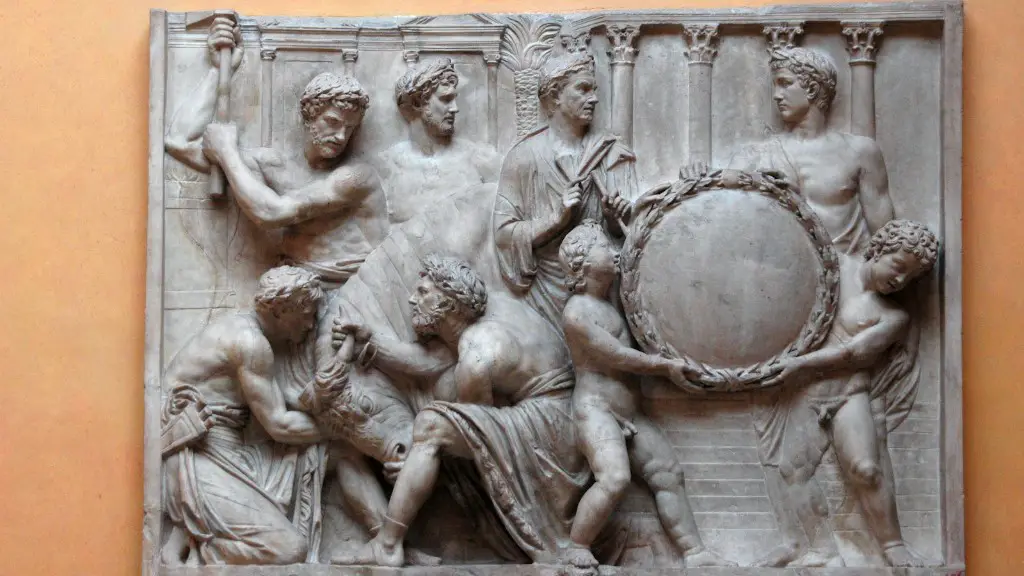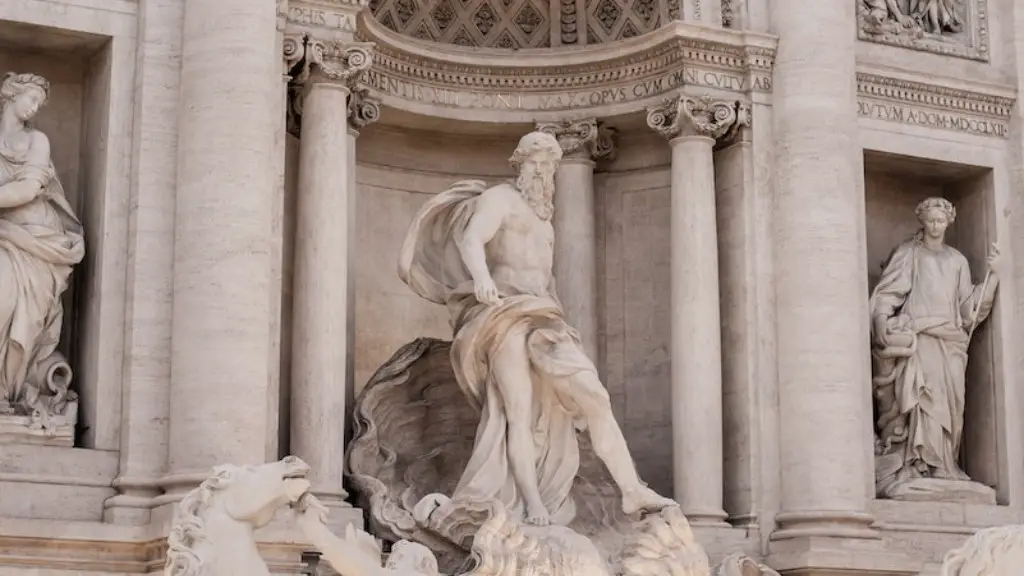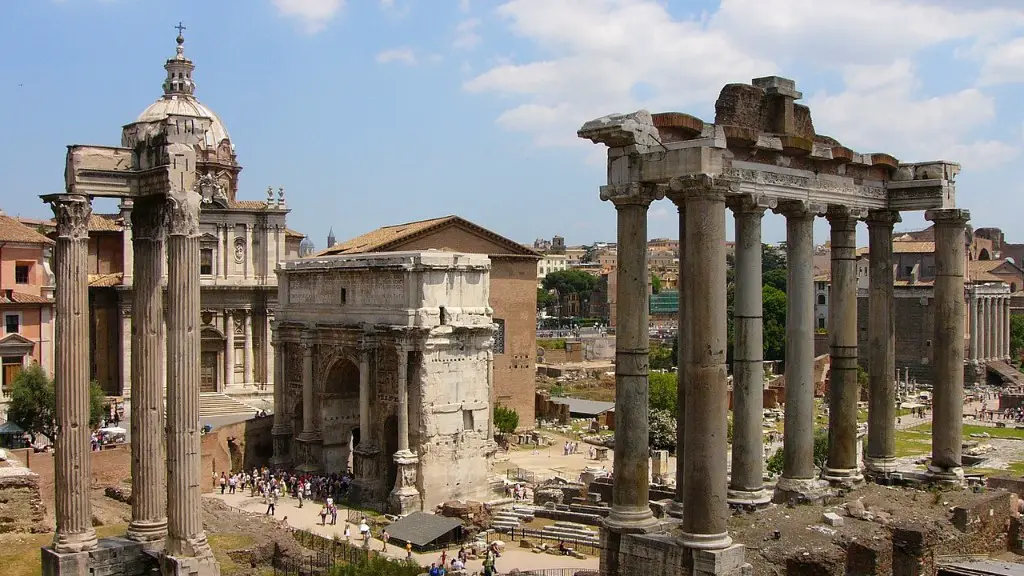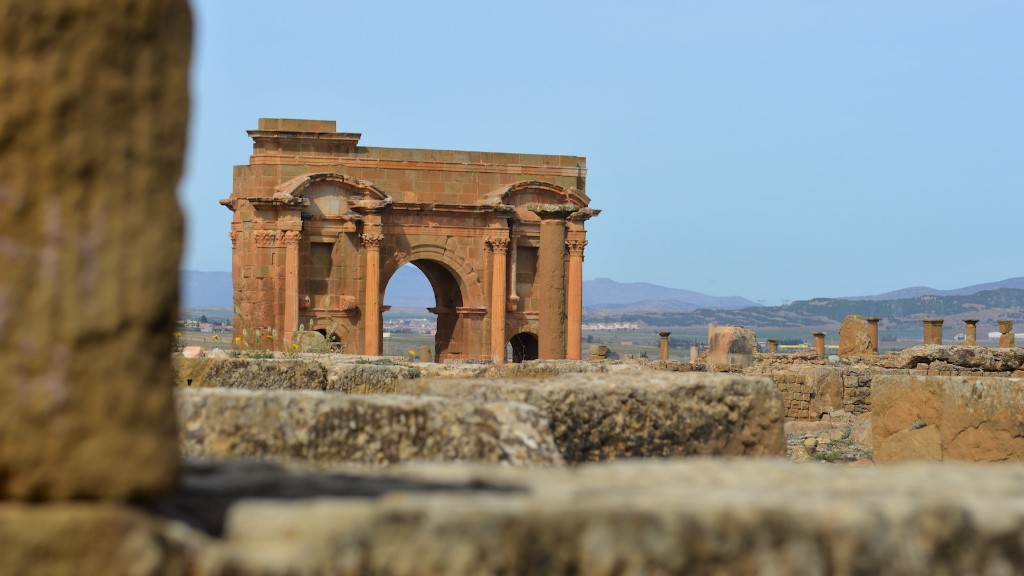Lifestyle of the Ancient Romans
The lifestyle of the ancient Romans was deeply intertwined with their culture and society. It was unique in its practices, beliefs, and even its politics. In order to understand the full scope of their lifestyle, we must examine the various elements that defined it.
Firstly, religion was an integral part of Roman life. The Romans believed in a wide variety of gods, goddesses, and spirits, including Jupiter, Mars, Minerva, Juno, and Dionysus, just to name a few. These gods were intimately involved in their lives and activities. For the Romans, the gods could bring fortune or disaster upon individuals. Religion was so pervasive that there was even a State religion, with the Emperor recognized as the Pontifex Maximus, the highest priest in Rome.
Secondly, the family was a significant component of Roman life. The patrician class held strict views on sexual and marriage customs. Adultery was strictly forbidden and divorce was rare. Men were responsible for the financial support of the family, while women were responsible for domestic duties, such as tending to the home and raising children. Families also usually lived together under one roof, often in large compounds. The success of a family was judged by the honor its members acquired in both public and private life.
Thirdly, a strong sense of service and patriotism motivated the citizens of the Roman Empire. There was an expectation of sacrificial devotion to the Roman state. This included joining the military or working in public service in various capacities. Romans were passionate about the pursuit of virtue, and it was believed that by engaging in such activities, citizens would achieve honor and glory for their family.
Fourthly, education was highly valued among the Romans. Education served to prepare individuals for their respective roles in society. Schools would teach reading, writing, math, philosophy, rhetoric, music, and other subjects. It was also considered an important way to learn about the culture and values of Rome, such as piety, morality, and patriotism.
Fifthly, Roman society was heavily based on status. One’s status was determined by both heredity and wealth. Those born into the patrician class were held in higher regard than those born into the plebian class. In addition, those with wealth were seen to have more influence and power in society. Finally, slaves were the lowest status class, without any rights or freedoms.
Thus, the lifestyle of the ancient Romans was highly organized and structured. It was heavily based on their values, beliefs, and customs, which all worked together to shape Roman society and its citizens.
Culture of the Ancient Romans
The culture of the ancient Romans was unique and diverse. It was built upon a foundation of laws, customs, values, and beliefs. To understand Roman culture fully, one must examine the many elements that defined it.
Firstly, art was a major part of Roman culture. A variety of artistic expressions immensely influenced Roman culture. Different practices, such as painting, sculpture, and music were universally accepted. Ancient roman painters and sculptors depicted landscapes, religion, mythology and portraiture, while writers used Latin and Greek to create works of literature. Artists also used their work to display the new lifestyles of the Roman Empire.
Secondly, festivals were an integral part of Roman culture. They were held throughout the year in honour of the gods and goddesses, such as Saturnalia and Lupercalia. They were not just a means of entertainment and celebration, but also an integral part of religious rituals and customs. Music was typically played and food was eaten, while ceremonies were held to honour the gods and goddesses Rome depended on.
Thirdly, the Roman Empire was known for its engineering and architectural achievements. Examples of these can still be seen in Rome today, such as the Colosseum and the Pantheon, just to name a few. These structures served to consolidate the political power of Rome and symbolize the grandeur of her culture. The engineering and architectural feats demonstrated the genius of the Romans and their ability to create structures of lasting beauty.
Fourthly, religion was a major part of Roman culture. As mentioned previously, the Romans believed in and worshipped a variety of gods and goddesses. Religion was deeply intertwined with politics, and Rome’s main State religion, the Cult of Emperor Worship, encouraged citizens to honour their Emperor with the same reverence they reserved for their gods. Religion also served to foster moral values and a sense of unity among the Roman people.
Fifthly, philosophical thought permeated Roman culture. Many renowned philosophers, such as Cicero and Seneca were renowned for their teachings. They drew inspiration from Greek philosophy and wrote extensively on the topics of morality and ethics. Philosophy was seen as the highest form of learning and was highly respected by all levels of Roman society.
The ancient Romans were truly a unique and advanced civilization. Their culture was full of art, festivals, engineering and philosophical thought. All these elements combined to create an impressive and influential civilization.
Technology of the Ancient Romans
The technology of the ancient Romans was essential to their success and advancement. From engineering feats to philosophical thought, the Romans developed many types of advances that would later be adopted and improved upon by civilizations around the world.
Firstly, the Romans were highly adept at engineering. They were pioneers of architecture and engineering, building bridges, highways, stadiums and many other major projects. One of the most impressive was the Colosseum, a huge amphitheater built in the heart of Rome. They also created aqueducts, an ingenious system of water supply, and developed a form of concrete, the use of which is still common today.
Secondly, the Romans developed an advanced system of law. The Law of the Twelve Tables, written between 451 and 449 BC, laid down a framework for the rights of Roman citizens as well as governing political structures. This laid the groundwork for later legal systems, such as the Common Law of England.
Thirdly, the Romans also developed a form of medicine. Roman physicians created medical texts such as De Medicina, the world’s first medical manual. They also developed the healing arts, and treated a variety of ailments with herbal remedies and surgeries. Roman medicine heavily relied on the writings and work of Greek physicians.
Fourthly, the Romans also made advances in the field of mathematics. They uncovered the numerical systems used within the Roman Empire, developed a rudimentary form of calculus, and even developed a calendar. This calendar was later adopted by various civilizations and is still used today in some parts of Europe.
Finally, the Romans were adept at engineering agriculture. They developed techniques such as crop rotation and irrigation systems to increase crop yields. They also developed ingenious tools for farming, such as the plough and the winnowing machine.
The technology of the ancient Romans was essential to their success and advancement. They established the foundation for engineering, law, medicine, mathematics, and agriculture. Their contributions to these fields would later be adopted and improved upon by many later civilizations.
Economy of the Ancient Romans
The economy of the ancient Romans was complex and diverse. It was based heavily on trade, slavery, and the Roman coinage system. It served to strengthen the political power of Rome, while at the same time helping to improve the lives of those who lived within its borders.
Firstly, trade was major part of the Roman economy. Rome was the hub of trading in the Mediterranean region. Merchants brought goods from all corners of the Roman Empire, such as wine, olive oil, spices, and other luxuries. The merchants then sold their goods to the Roman citizens, or exported them to other areas. This resulted in a prosperous economy, which was further bolstered by the strengthening of trade routes.
Secondly, the institution of slavery was essential to the Roman economy. Slaves provided cheap labor for both the private sector and public sector. They worked in the fields, factories, mines, and even within the government. It is estimated that there were over 3 million slaves within the Roman Empire.
Thirdly, the Romans developed a coinage system that allowed them to control the economy more efficiently. Gold, silver and bronze coins were minted with varying values. This allowed for more effective taxation, trade, and the distribution of wealth. The Roman coinage system remains a model for many modern economies.
Fourthly, the Roman economy did not solely depend on agriculture. Industrial production was also a major part of the economy. Roman industries produced a variety of goods such as dairy products, furniture, weapons, pottery, and jewelry. These products were mainly made by small independent entrepreneurs, but some were done by larger organizations.
Finally, the Roman economy was supported by two economic institutes. Firstly, the Byzantine Empire created an extensive system of taxation, which helped to fund many public works and secure financial stability of the empire. Secondly, the Roman nobility provided the funds and resources that further helped to secure the economy.
The economy of the ancient Romans was a complex and diverse one. It was based heavily on trade, slavery, and the Roman coinage system. All these elements combined to allow for a prosperous, booming and secure Roman economy.
Social Structure of the Ancient Romans
The social structure of the ancient Romans was one built upon a strict hierarchical system. It was based on one’s heredity and wealth, and much of Roman society was heavily influenced by the ideals of the wealthy upper classes.
Firstly, the patrician class was at the top of the social structure. This class consisted of the wealthiest Roman citizens, including property owners, public officials, senators, and other members of the upper echelons of politics and society. They enjoyed exclusive privileges and rights, such as the right to declare war, appoint and dismiss consuls, and even set foreign policy.
Secondly, the equestrian class, also known as the knights, was the next social class. This class consisted of wealthy business owners, merchants, and landowners who were able to give financial and political support to the Roman government and military. They also enjoyed many privileges, such as the right to vote in elections and serve as magistrates or judges.
Thirdly, the plebian class, also known as the commoners, was the largest class in Roman society. This class consisted of the majority of the population and was the social class most heavily taxed. Members of this class were typically artisans, farmers, fishermen, and merchants. They had very limited rights, and could only vote in special elections.
Fourthly, at the bottom of the social structure was the class of slaves. This class was composed of those who were taken in war or sold into slavery. They had no rights or freedoms, and all the work they did was for the benefit of the upper classes. The Roman Empire contained over three million slaves.
Thus, the social structure of the ancient Romans was heavily based on wealth and heredity. This structure became embedded in Roman society and had a huge influence over the culture, politics and economy of the empire.





